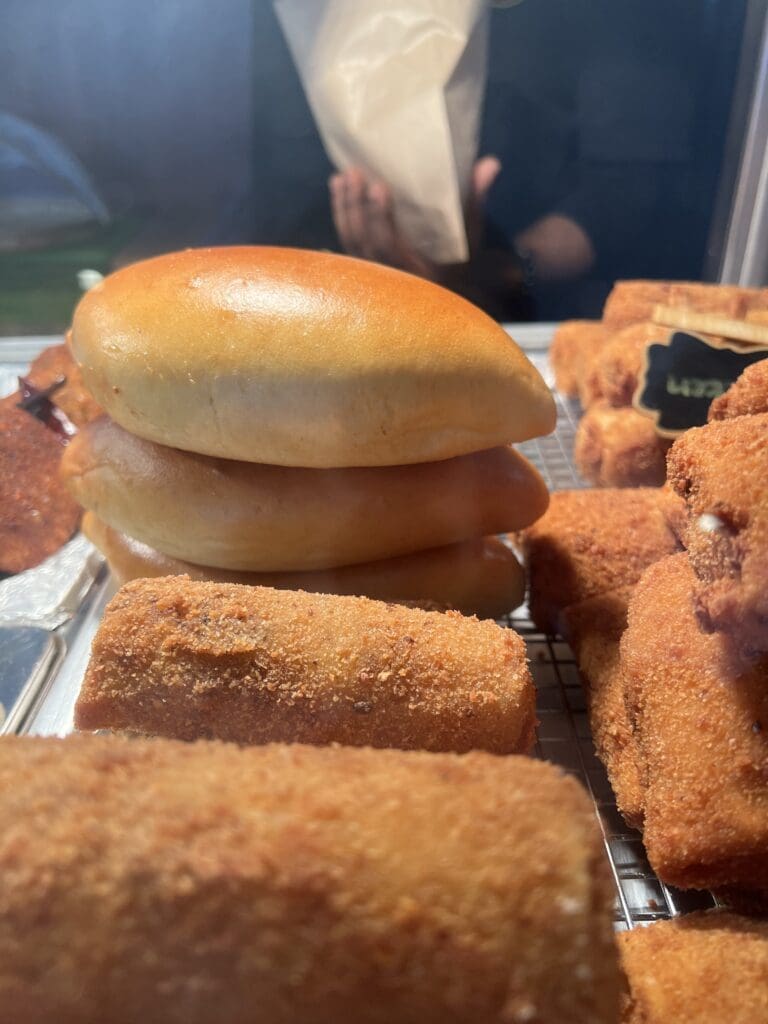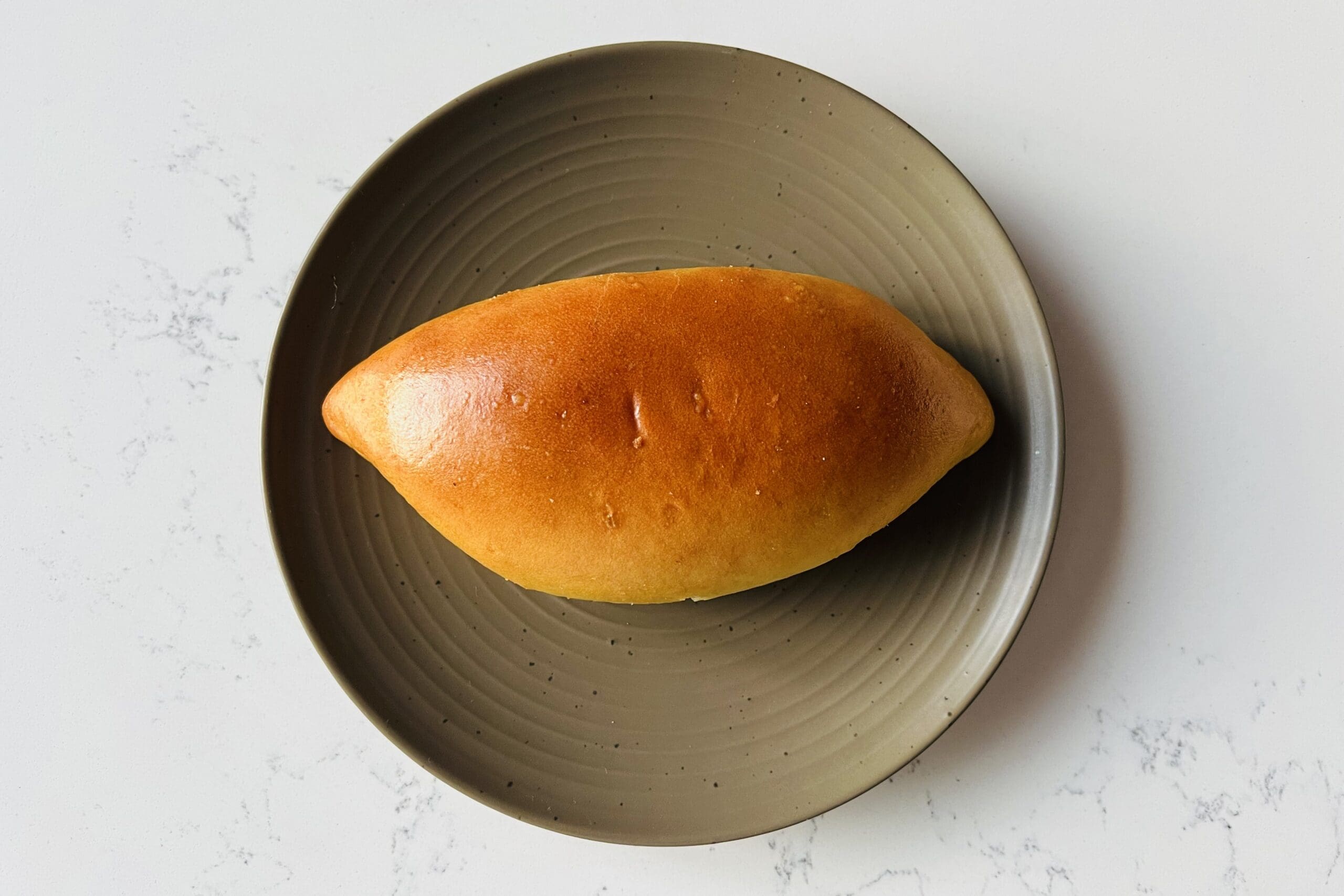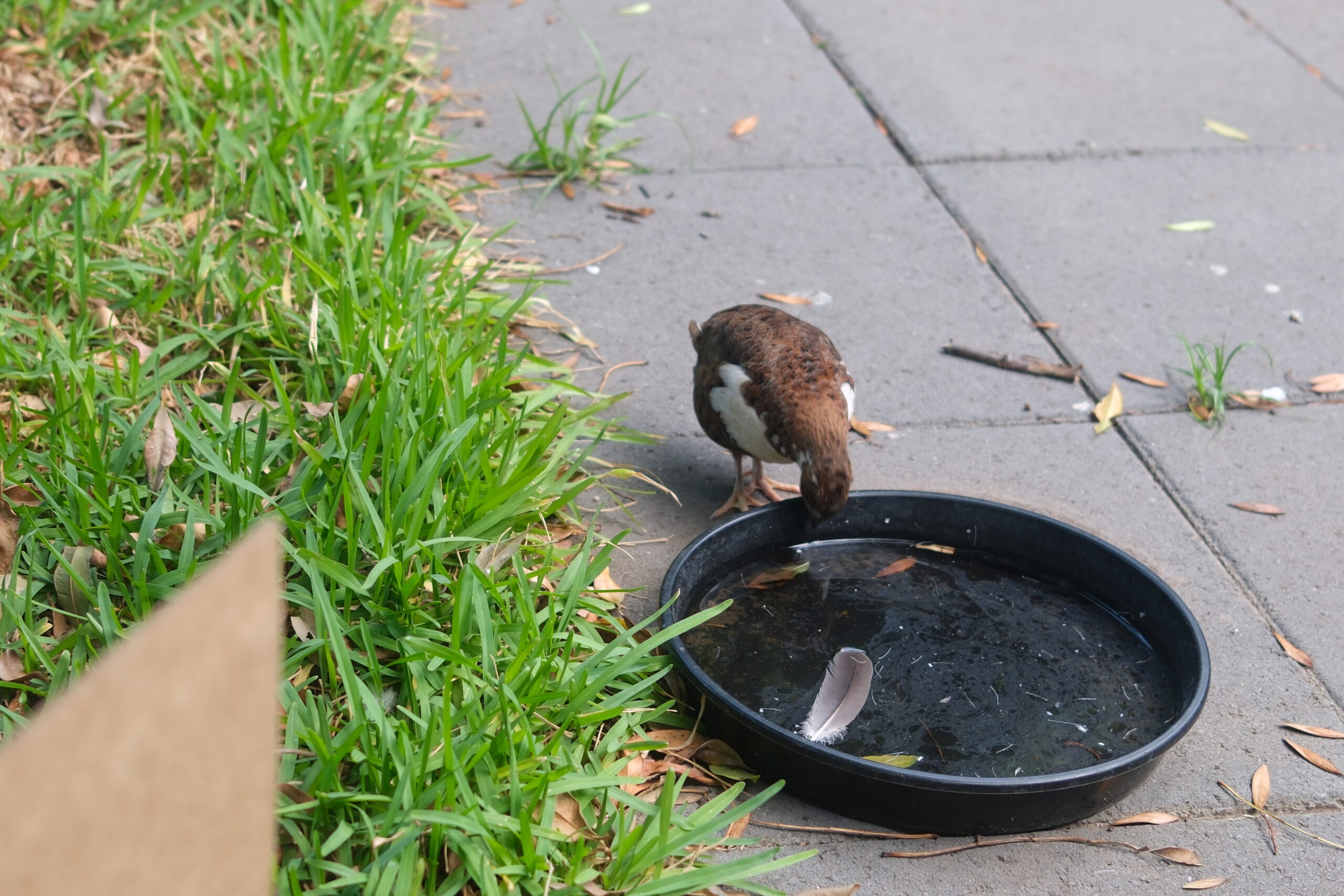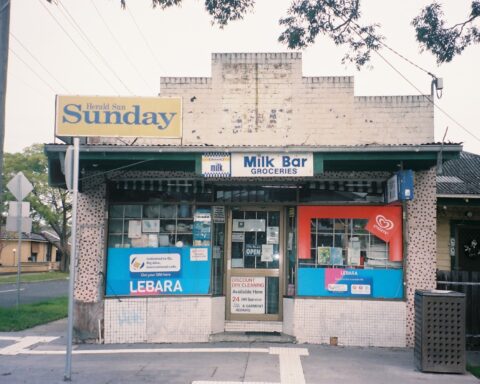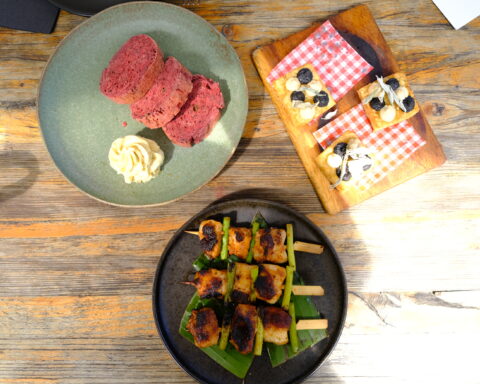The first time I saw Seeni Sambol buns was on my Instagram feed ━ Bhakti, an Australian Srilankan, who I first got to know during the Melbourne Writer Festival some years ago and later followed, raved about the Seeni Sambol buns her mama made her.
Aside from being salty that I am far away from my Amma, I got curious about the Seeni Sambol buns and read more about it on Google.
Seeni Sambol means caramelized onion relish ━ no point guessing what Seeni Sambol buns mean. I love eating caralimzed onion as-is, so I look forward to eating it someday.
Last year, I saw it displayed in a Srilankan restaurant we have been frequenting for takeaways since we moved to the West.
“I will take one too, please” I added it into the bag before they finalized the payment.
I kept the bun until tea time as the meal was pretty filling. Then I heated it and had it accompanied by a pot of chai. The bun was soft, and the onion relish was flavoursome; it was a little sweet and peppery.
“Do you like it?” Fafa asked. I did, and I bet it would taste better fresh, but I felt like it was missing something.
Could that something is the childhood memory of growing up with it?
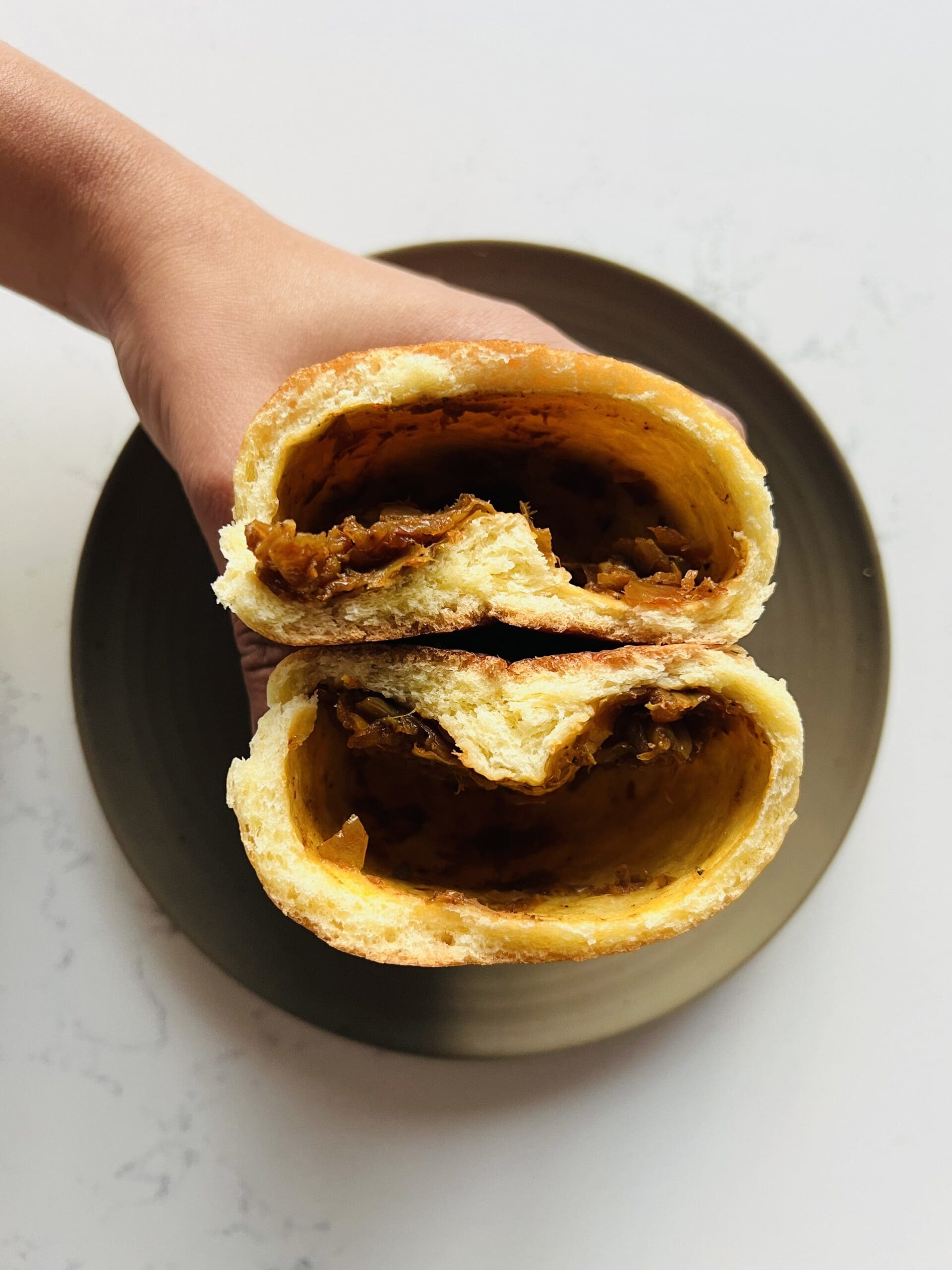
Seeni Sambol bun is an icon of Srilankan food culture. From the little readings I did, it’s a part of many childhoods ━ equivalent to pastel or Roti Bakar for us Indonesian or curry puff for Singaporeans.
Hometown food becomes hometown food when food is no longer just food due to the memories tied to it. Instead, it’s the traditions and stories connected to it.
I wonder whether I would forever associate Seeni Sambol buns with Melbourne’s multiple lockdowns, West Footscray, or Bhakti.
Follow me on Instagram@KultureKween for more recent updates.
